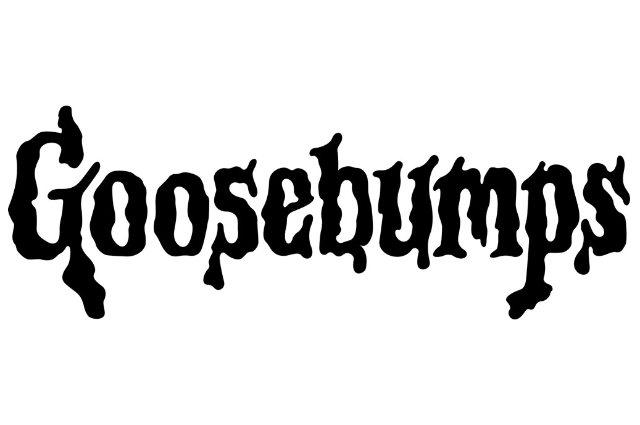The Goosebumps series, penned by R.L. Stine, has been a staple of children's literature since its inception in the 1990s. One of the most intriguing aspects of this beloved series is its utilization of multi-endings in various narratives, a feature that aligns with the principles of postmodernism. Postmodernism, a cultural and literary movement that emerged in the latter half of the 20th century, challenges traditional narratives and embraces fragmentation, plurality, and the blurring of boundaries. Let's delve into how the multi-ending feature of the Goosebumps series embodies these postmodernist ideals.
Fragmentation of Narrative
In postmodern literature, narratives often eschew linear storytelling in favor of fragmentation. The multi-ending format employed in the Goosebumps series epitomizes this fragmentation, as it presents readers with divergent conclusions to each story. Instead of a single, definitive ending, readers encounter multiple possible outcomes, each branching off from pivotal decision points within the narrative. This fragmentation disrupts the linear progression of the story, inviting readers to explore alternate trajectories and challenging the notion of a singular, cohesive narrative.
Plurality and Subjectivity
Postmodernism celebrates plurality and acknowledges the subjective nature of truth and reality. The multi-ending feature of the Goosebumps series embraces this ethos by offering readers a variety of endings, each with its own interpretation of events and resolution. This plurality reflects the idea that reality is multifaceted and open to interpretation, inviting readers to engage with the text on a subjective level. By presenting divergent endings, the series encourages readers to consider different perspectives and question the notion of a single, objective truth.
Blurring of Boundaries
Postmodernism blurs the boundaries between genres, forms, and mediums, challenging traditional classifications and conventions. The Goosebumps series exemplifies this blurring of boundaries through its incorporation of elements from various genres, including horror, science fiction, and fantasy. The multi-ending feature further blurs these boundaries by allowing narratives to unfold in unpredictable ways, defying readers' expectations and subverting genre conventions. This fluidity in storytelling mirrors the postmodernist tendency to resist categorization and embrace hybridity.
Interactivity and Reader Agency
One of the defining characteristics of postmodern literature is its emphasis on interactivity and reader agency. The multi-ending format of the Goosebumps series actively engages readers by granting them agency in shaping the outcome of the story. Through choices and decisions made at key junctures, readers become active participants in the narrative, influencing its direction and ultimate resolution. This interactive element empowers readers and blurs the distinction between creator and audience, embodying the postmodernist belief in collaborative meaning-making.
Conclusion
The multi-ending feature of the Goosebumps series serves as a prime example of how children's literature can embody the principles of postmodernism. Through fragmentation, plurality, the blurring of boundaries, and interactivity, the series challenges traditional notions of storytelling and invites readers to engage with narratives in innovative ways. By embracing the uncertainty and ambiguity of multiple endings, the Goosebumps series encourages readers to embrace complexity and embrace the multiplicity of perspectives hallmark of postmodern thought.

